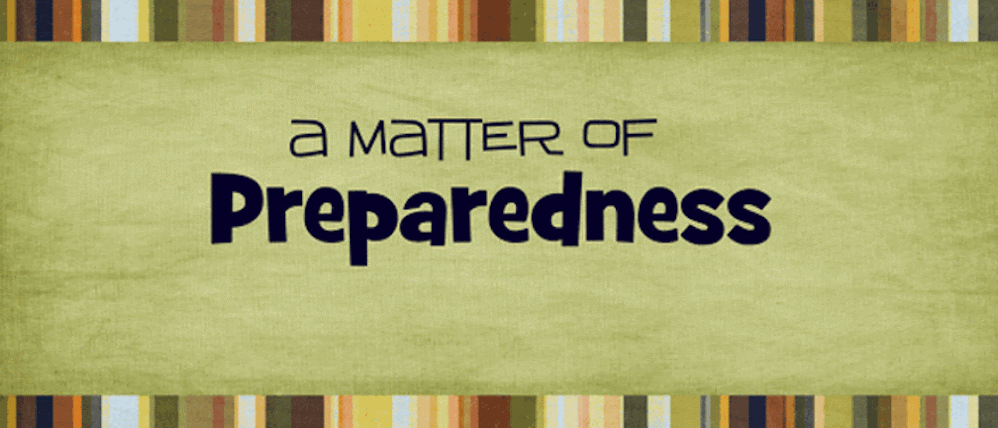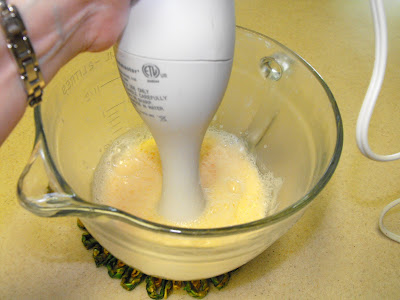In honor of the Independence day (July 4th), which is coming, I wanted to share information about the founders of our country etc. Take the time this week to read the US Constitution and the Declaration of Independence. The courageous individuals who drafted these documents risked their all, and did not hide behind the cloak of political correctness. Rather, they stood on the firm assumption that they were about their Father's work in establishing this great nation.
Let's focus on the Founding Fathers. My thanks to Kim O for sharing her information from the research she did to prepare for her Sacrament Meeting Talk this last Sunday.
President Wilford Woodruff declared that “those men who laid the foundation of this American government were the best spirits the God of heaven could find on the face of the earth. They were choice spirits … [and] were inspired of the Lord” (in Conference Report, Apr. 1898, p. 89).
Ezra Taft Benson related this story: “Shortly after President Spencer W. Kimball became President of the Church, he assigned me to go into the vault of the St. George Temple and check the early records. As I did so, I realized the fulfillment of a dream I had had ever since learning of the visit of the Founding Fathers to the St. George Temple. I saw with my own eyes the record of the work which was done for the Founding Fathers of this great nation, beginning with George Washington. Think of it: the Founding Fathers of this nation, those great men, appeared within those sacred walls and had their vicarious work done for them.”
President Wilford Woodruff spoke of it in these words: “Before I left St. George, the spirits of the dead gathered around me, wanting to know why we did not redeem them. Said they, ‘You have had the use of the Endowment House for a number of years, and yet nothing has ever been done for us. We laid the foundation of the government you now enjoy, and we never apostatized from it, but we remained true to it and were faithful to God’ ” (The Discourses of Wilford Woodruff, sel. G. Homer Durham, Salt Lake City: Bookcraft, 1946, p. 160).
Let's teach our families about the tremendous individuals who efforts have shaped the land and life we are blessed to lead.
















































